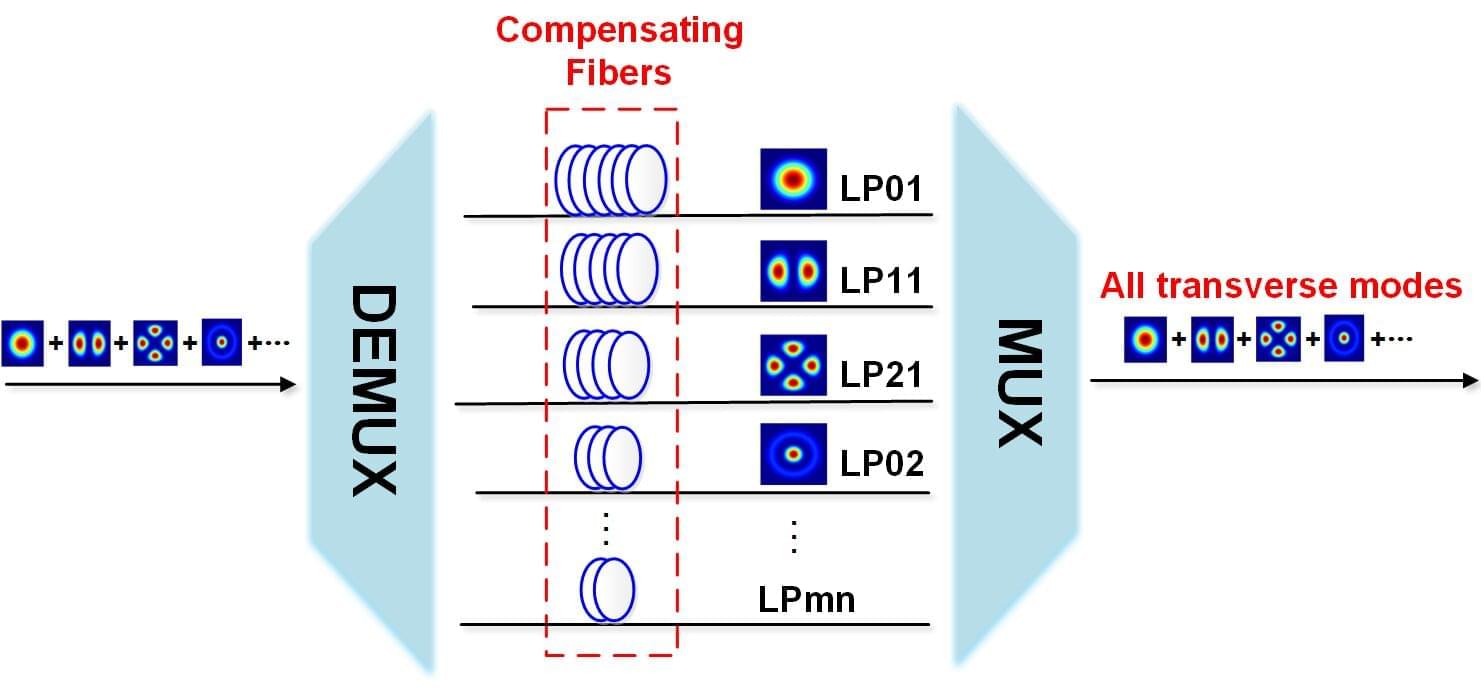From precision machining to advanced microscopy, the demand for higher-power, ultrafast lasers continues to grow. Traditionally, researchers have relied on single-mode fibers to build these lasers, but they face a fundamental physical limit on energy output. To break through this bottleneck, we have turned to multimode fibers, which can carry many light modes—essentially different shapes of light—at once, a technique known as spatiotemporal mode-locking (STML).
However, getting these different modes to work together in harmony has been a significant challenge. In our latest research, published in Optics Letters, we have developed a new technique that allows us to precisely and independently control each of these transverse modes, leading to a dramatic boost in laser power and versatility.
The core problem we faced is known as intermodal dispersion. In a multimode fiber, different light modes travel at slightly different speeds. This velocity mismatch causes the laser pulses to spread out and separate in time and space, preventing the formation of stable, high-power pulses. Previous STML techniques typically used a method called spatial filtering to compensate for this dispersion, but this approach limits the number of modes that can be locked together, thereby capping the potential power enhancement.
